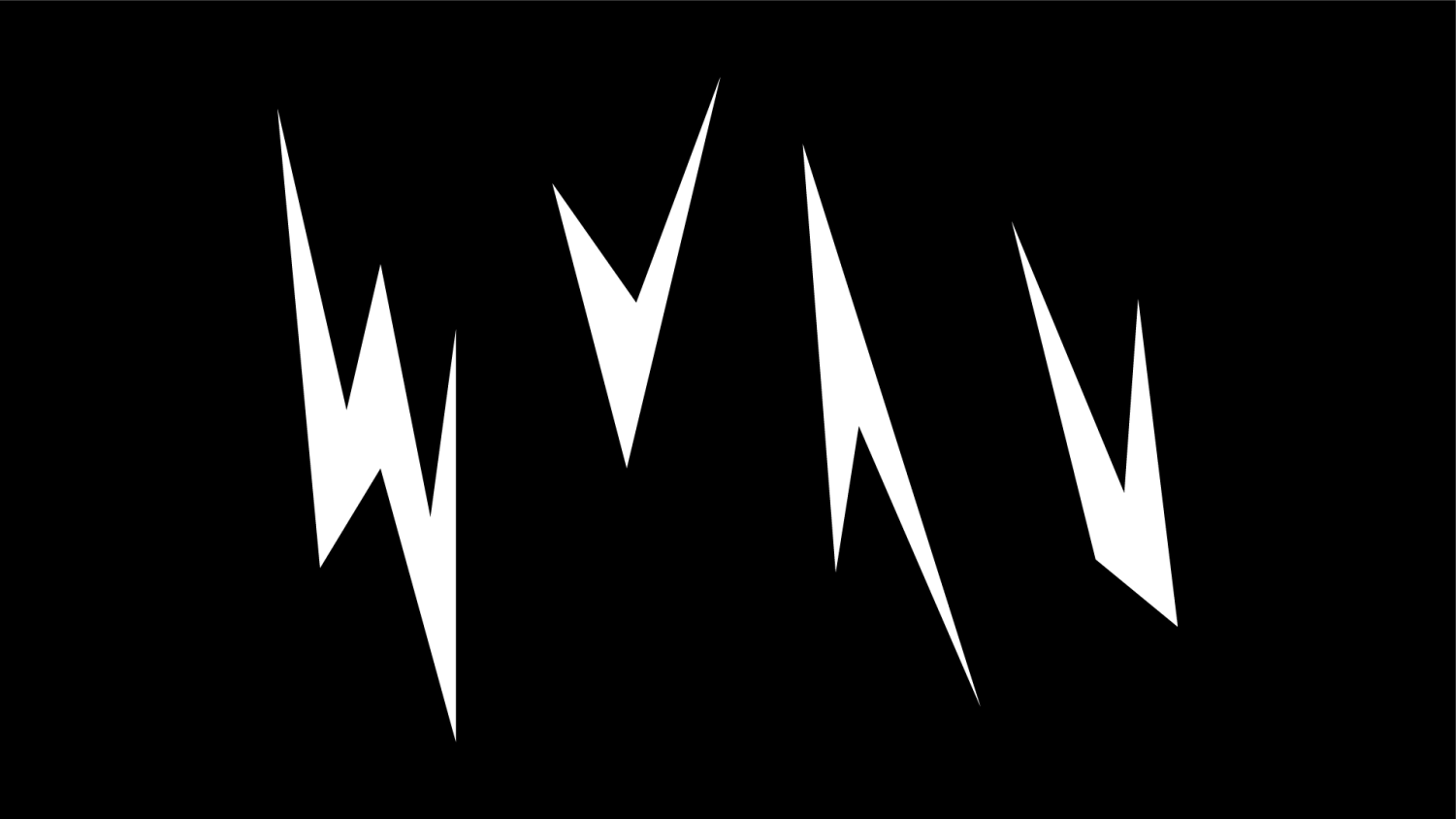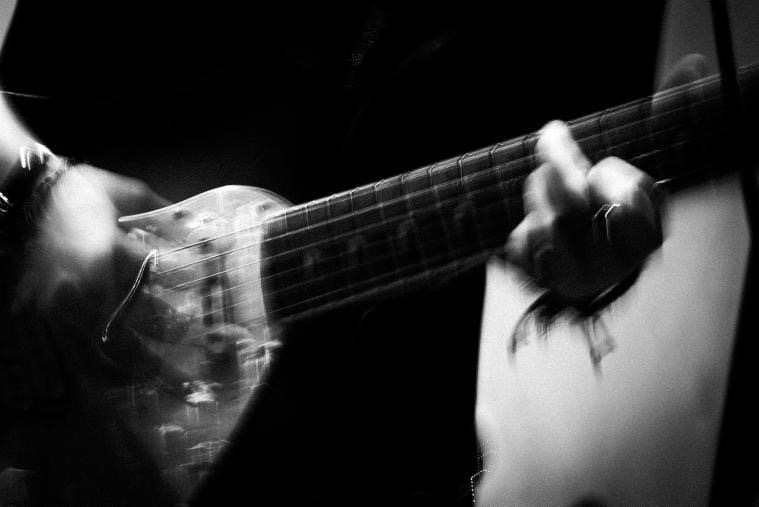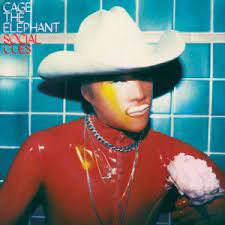Texture in Music 5: Vocal Effects
March 19, 2022
In my last installment, I discussed the beauty of the human voice in its natural form, and even as an instrument used in digital chops. One interesting aspect of the voice I didn’t touch on, however, is the interplay between vocals and computer – vocal effects. These effects extend the alre mainstream popular music. I think that it’s appropriate, then, to de-familiarize ourselves with these sounds in order to appreciate them as the true oddities they are.
(If you’d like to stay up to date with my explorations of musical texture, be sure to check out the running playlist below).
Vocoded Vocals: party 4 u – Charli XCX and Vocoder – Floating Points
Vocoders are strange. Quite literally playing the human voice like a synth, this effect is the perfect combination of acoustic and digital, of human and machine. The oddest part, however, is how prevalent this truly alien effect is in mainstream music: all the pop girlies from Taylor to Ariana are using it (and rightfully so). That said, no pop song puts vocoding to the test quite like “party 4 u,” an off-kilter ballad that could only come from the razor-thin pop/experimental tightrope that Charli XCX strides so easily. Following an exhilarating build up, Charli layers in scores of scratchy, luxurious vocoded harmonies that fill the stereo image (2:49-4:02), carefully but forcefully restarting the track so the listener can’t help but feel her yearning to ‘party on’ a potential lover. Making the song much more tender than its title might suggest, this vocoding strikes a balance between vulnerability and raving, creating a near-perfect pop song full of emotion without losing its sharp hedonistic edge. Pushing vocoding even further, experimental producer Floating Points indicates that it’s finally time to dance again with “Vocoder,” a slamming 2-step banger that, thanks to the vocoded synths at its base (0:00-1:54 and throughout), hits harder than a runaway semi. It’s difficult to tell whether the vocoding even contains a vocal sample, but regardless, the classic vocoding sound still harbors a hint of human voice in its cutting digital sound. Even the cover art suggests a human-electronic dichotomy, with what appears to be (if you squint) a body in fetal position created out of the waveforms on its surface. This willingness to show the alien-but-human reality of vocoding is what makes these songs so effective, serving as a reminder that technology like this should be appreciated as the bewildering effect it is rather than a tool to be taken for granted.
Pitch over-correction: Immaterial – SOPHIE and Charades – Headie One and Fred again..
Another effect that is almost universally used in mainstream music is pitch correction, or as many know it, autotune. Most songs use pitch correction to slightly tweak vocals into being in tune without creating any noticeable artifacts. However, in the 21st century, artist like T-Pain began experimenting with autotune to create new timbres that would be impossible for the human voice otherwise. While pitch correction received a good deal of pushback (people apparently believed that ‘real singers’ shouldn’t need pitch correction), autotune as a creative effect was here to stay. “Immaterial” is a superb use of pitch correction to the max: not only are filters put on SOPHIE’s voice to create a hyper-feminine, almost plastic sound, but a great deal of pitch correction is also applied, especially on the bridge, allowing SOPHIE to jump between incredibly high notes with ease (2:03-2:30). The almost robotic tone of SOPHIE’s voice is exactly the type of campy unreality that SOPHIE reveled in, existing in some glossy realm beyond time, space, and gender. With pitch correction like this, it’s hard to disagree that SOPHIE could be “anything I want”. On “Charades,” Fred again.. uses pitch correction to warp Headie One’s vocals (1:37-1:43), emphasizing the emotionality of his voice over the laid-back but powerful drill beat. Discussing the difficulties he’s faced in the streets, Headie’s voice almost seems to break with the pitch shifting, sounding more akin to a tortured robot than to a man. This deftly doubles down on the humanity of the song, showing that even things made from zeros and ones can bleed. Headie becomes the effect, and the effect becomes him, blurring the distinction between man and machine in a truly wrenching way.
Vocal Filters: Kurxxed Emeraldz – Luci4 and The Whether Channel – Oneohtrix Point Never
Finally, we’ve reached the bottom of the vocal effects hole, songs down here only glimpse the faintest of light from their vocals amidst the haze of distortion and filtering. Creating such foreign sounds is no accident or abomination; if anything, these peculiar noises are what we need most to recognize the alien in ourselves. ‘Kurxxed Emeraldz” takes this philosophy in an insanely fun and impossibly catchy direction, twisting Luci4’s vocals well beyond comprehensibility (throughout). Over its short 1 minute 1 second runtime, the song adds distortion and bit crushing to anything resembling human speech, creating an irresistibly warm fuzz around Luci4’s mumblings. ‘The Whether Channel” is seemingly the inverse of “Kurxxed Emerald”; to get to NOLANBEROLLIN’s vocals, the listener must patiently wait through over three and a half minutes of (lovely) ambient drones before any vocals can really made out, a far cry from Luci4’s short blast of insanity. When the vocal effects hit though, they hit hard, creating a sound that is truly unique (4:53-end). In fact, in writing this I asked a professional audio engineer if he could pinpoint the exact effects in use, but even he was left shaking his head in awe at Daniel Lopatin’s exquisitely weird vocal mixing technique. With distorted screeches coming in and out of NOLAN’s verses, and the verses themselves clawing their way through the mix, the song grabs the listener by the ears, pulling them to some fluorescent, oozing planet thousands of light years away. The vocal effects, then, have done their job by jolting us into a new reality, one that could only exist through their strange but all-to-human sound.















